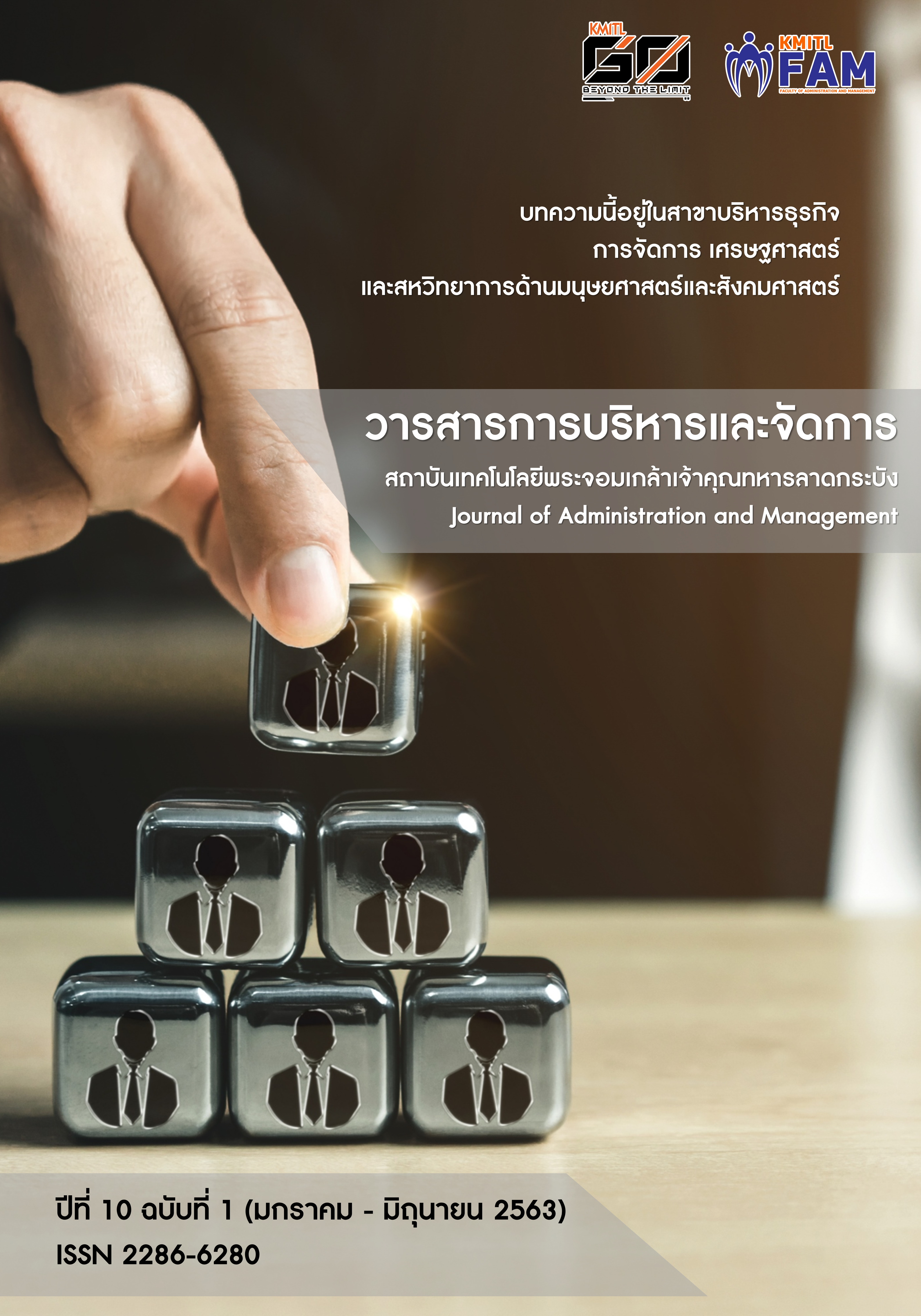The Impact of Dual QR Code and Augmented Reality in Interactive Application as a Digital Marketing Tool on Customer Satisfaction of Quality for the Toy Museum in Thailand
Main Article Content
Abstract
The Toy Museum has a vital purpose to create happiness for the public and as well as to spread valuable knowledge on the history of toys. Thus, it is extremely important to ensure a modern, good quality and interactive model that would satisfy and attract customers. This research is focused on utilizing the Dual QR Code as a means of a marketing communication tool called the digital marketing tool. This research is a combination of experimental and quantitative research. The purpose is to improve upon a digital marketing tool (QR Code) in order for it to be more interactive and entertaining. By conducting experiments in the Toy museum of the private sector, located in Thailand, the population used in this study was 10,000 visitors in 2019-January 2020. The sample group is the 400 users who used the newer version of the application for the first time at the Toy Museum. In this research, the tools used were the interactive application itself acting as the digital marketing tool (Dual QR code and AR) and questionnaires in it, which is how the data was collected. The measurement of customer satisfaction in terms of the quality of the application were descriptive statistics, consisting of the mean, standard deviation and as well as hypothesis testing for two-sample means to identify the difference in customer satisfaction between the old and new version of the application. The result found from this research was that there has been a significant (P value < 0.001) improvement in customer’s satisfaction on the quality of the new tool. Hence, the digital marketing tool presented can be effectively used to attract more visitors and may be applicable to other types of museums.
Article Details
Journal of KMITL Business School is available both online and in printed version.
**All articles or opinions presented in this issue of the Journal of KMITL Business School reflect the thoughts of their respective authors. This journal serves as an independent platform for a variety of viewpoints. Authors bear full responsibility for the content of their articles.**
**All articles published in this journal are copyrighted by KMITL Business School, King Mongkut's Institute of Technology Ladkrabang. The editorial team permits copying or using articles, but a reference to the journal is required.**
References
[2] QR Code: https://www.qrcode.com/en/history (Accessed 13 January 2020).
[3] Kasetty Sudarshan, Sneha. 2017. Augmented Reality in Mobile Devices.
[4] Introduction to Augmented Reality: https://www.lncc.br/~jauvane/papers/RelatorioTecnicoLNCC-2503.pdf (Accessed 13 January 2020).
[5] Augmented Reality Devices: https://uxdesign.cc/augmented-reality-device-types-a7668b15bf7a (Accessed 14 January 2020).
[6] Poushneh Atieh. 2017. Customer Present Dissatisfaction and Future Satisfaction With Augmented Reality Used In Shopping And Entertainment. Journal of Consumer Satisfaction, Dissatisfaction and Complaining Behavior. 30: 97-118.
[7] Gurevich, Yuri. 2012. What Is an Algorithm? 31-42.
[8] Customer Satisfaction: https://en.wikipedia.org/wiki/Customer_satisfaction (Accessed 16 January 2020).
[9] Krejcie, V., Morgan, W. 1970. Determining Sample Size for Research Activities. Educational And Psychological Measurement. 30: 607-610.
[10] Sudaporn, Sawmong. 2019. A study of Digital marketing tools for Toy’ Museums in Thailand.


